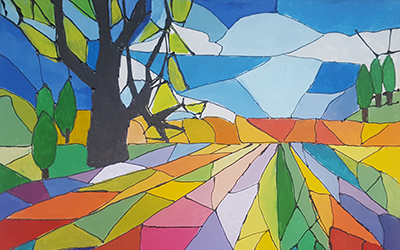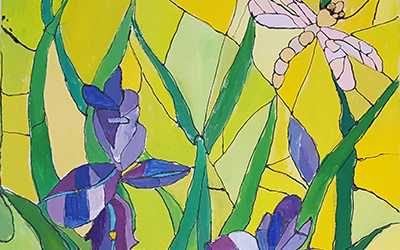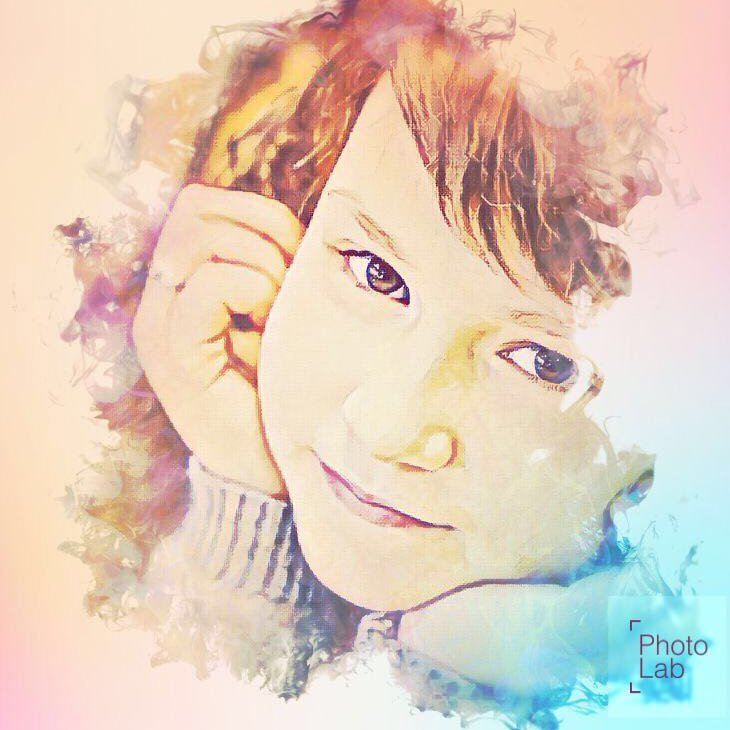Ежегодно в России 5 000 детей заболевают раком. Но онкология - не приговор. Возможности современной медицины при своевременном лечении позволяют спасти до 90% маленьких пациентов, причем без ужасающих последствий в виде инвалидности. При некоторых видах опухолей показатель может составлять даже 100%, причем речь идет о нашей, российской, медицине. В настоящей борьбе за жизнь каждого ребенка участвуют медики, волонтеры, сотрудники благотворительных фондов, ведь нужно не только правильно организовать лечение, но и обеспечить больным надлежащий уход. Как победить страшный недуг? К кому обратиться за помощью и консультацией? Как поделиться со всем миром радостью исцеления? Портал "Единый справочный центр "Детская онкология РФ" постарается ответить на эти и другие вопросы.

Ваше мнение важно для нас!
Лечение наркозависимости у детей

С недавнего времени, наш НИИ установил тесные связи с сотрудниками клиник из Казахстана, которые консультируют нас и помогают нам проводить лечение наркомании в Алматы для детей нашего института.
В их заведении, за годы работы собраны лучшие специалисты по лечению самых сложных зависимых пациентов, включая детей с отклонениями.
Справочная служба в НИИ детской онкологии и гематологии ФГБУ «Национальный медицинский исследовательский центр онкологии им. Н.Н. Блохина» Минздрава России
Телефон: +7 (499) 323-56 -22
Обратиться за помощью в Благотворительные Фонды
Если Вы хотите поддержать работу нашего сайта, пожалуйста, сделайте пожертвование на счет Благотворительного фонда «ОМК-Участие».
Не забудьте указать цель Вашего пожертвования: «На сайт «ДетскаяОнкология.РФ»

29.12.2016
Владимир Георгиевич, спасибо Вам и Вашей команде за единый своевременно созданный сайт, которым мы пользуемся практически ежедневно.
07.10.2016
От имени сотрудников нашей больницы хотим поблагодарить коллег, которые развивают портал Российского общества детских онкологов "Детскаяонкология.рф".











